January 2020 – Elmendorf Lake Park – Bird Island: The USDA’s Wildlife Service continues their assault on the Egrets and Herons on Bird Island. Volunteers bang two by four boards at the birds while a USDA employee shoots EPCD’s or Explosive Pest Control Devices out of blank 22 handguns at the birds. The explosives are shot over the lake and over the parking lot of student dorms of Our Lady of the Lake University (OLLU). The noise intended to cause the birds to flee the area.


Woodlawn Lake Park: The USDA would pursue the birds into other areas of the city including Woodlawn Lake Park, and casting pond located just a few miles away from Elmendorf. The USDA would target the birds along a stretch of the San Antono River near a place called Blue Star.
2020 Brackenridge Park Crape Murder: The assault on the trees begins. The Crape Myrtle trees where the birds had nested the previous year are topped, decapitated. Tree topping results in the loss of 50 to 100% of its leafy canopy, directly impacting the food production capability of the tree. Tree topping can starve a tree and impact it’s further growth. The extreme over pruning of branches and vegetation would eventually lead to the death of many of the Crape Myrtle trees.


The “modification” to trees and the assault on the birds at Elmendorf Lake Park, Woodlawn Lake Park and elsewhere in the city appear to push the birds into other trees located behind the playground that was closed at the start of the Pandemic. To this day, COSA places blame on the birds that had nested in the closed playground, reporting that they city could not clean the equipment, although the birds have not nested in the playground since 2021!
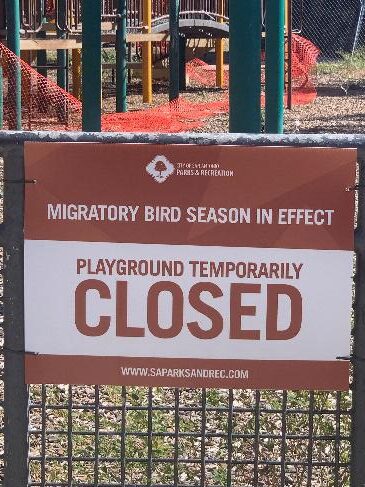

The negative effects caused by disturbance elsewhere in the city would push the Egrets to take over the nests of Yellow-Crowned Night-Heron’s nesting in front of the public restrooms. With the nests of Night-Herons incubating their eggs in trees inside the closed playground soon destroyed. Located twenty feet up off the ground, appearing to be an obvious result of disturbance by humans.
The Egrets and Herons would nest throughout the park, in beautiful Crape Myrtle trees located behind the closed playground. The disturbance caused by the city evident in the response of nature-the birds paid them back with their droppings.
The birds raised their offspring and then left for warmer waters down south. The mortality rate in the first year and a half of life is high for chicks, sadly.
Photographers would come to the park to capture the birds on film! My new-found friends traveling from New Jersey, California and elsewhere would talk birds with me. We would stand and stare in awe, mesmerized by the beauty of the breeding birds in this unique urban habitat!

2021 Brackenridge Park: Some of the trees behind the closed playground would be removed. A new effort by parks to move the birds would lead the birds into other trees elsewhere in the park. A new hazard to the birds that nested over the road-chicks falling to the sidewalk or into the street.
Again, the birds would complete the nesting cycle. Build new nests, incubate their eggs, raise their young and then migrate south for the winter. The future unknown with our changing climate.
2021 City of San Antonio is certified as a Bird City Texas – A program created to protect birds, ironically. Emails obtained via open records would reveal the plan by our parks department to continue their “mitigation” effort to remove the birds from three parks, regardless of certification.

December 2021 to January 2022 Brackenridge Park: Removal of vegetation, around Fifty to Sixty percent of each tree to deter the birds from nesting. Over-pruning the trees would leave trees injured while a plan to remove the first nesting trees, Historic Live Oak trees along an area of the river called Lambert Beach would be revealed. The Historic landscape that has remained largely unchanged since the 1950’s is made up of the keystone species, the Live Oak trees claimed by COSA need to be removed to repair a damaged river wall (private engineers offered alternatives).

Open records would reveal the reason to destroy the trees (It was all about the birds), “to prevent rookeries from forming.” Parks Manager Bill Pennell would make several public appearances claiming that they only want to move the birds, “humanely and nonlethally, without killing any birds.” The USDA’s Wildlife Service was hired the previous year without public disclosure per NEPA, obtained a Fish & Wildlife Service (FWS) Depredation Permit for Lethal Take of birds – that is to KILL.
2022 – The Assault on the birds and public: Our first view of the USDA within the boundaries of Brackenridge Park is in early February, as we witness her discharge EPCD explosives at nesting Great Egrets nesting inside the San Antonio Zoo compound as families stand by gaping in horror.

The nuisance noise of banging two by four boards together is called noise pollution. We measured sound levels from 110 to 128 Decibels, that is loud enough to cause injury to human hearing. The noise can cause damage to auditory receptors (hair cells) inside our ears and to the birds! City Park workers banging two by four boards at the birds and the USDA shooting explosives at the birds would push the birds into another area of the park that had picnic tables.
The birds are forced into a small area of the park. The impact caused by the disturbance would result in an increase in the number of injured chicks exceeding all previous years of nesting.
According to Wildlife Rescue & Rehabilitation, Inc. (WRR), death rates have been consistently high over the last five years at about 80 percent annually. Nothing can take the place of their parents.

According to Lynn Cuny, Founder/President Wildlife Rescue & Rehabilitation, Inc., says “for over nearly five decades WRR has been witness to the devastation wrought on wildlife habitat that has been carried out with a total lack of concern for the animals whose lives depend so completely on that habitat. The fact that it is and was their land long before humans came along is always lost on those whose greed dictates or motivates their actions.”
Read More: Home – Wildlife Rescue (wildlife-rescue.org)
Cuny continues, “It is impossible to separate habitat destruction from the harm perpetrated on the wild birds, mammals, and reptiles whose very lives depend on that habitat. Though they are resilient, wild animals are not immune to suffering from habitat loss, in fact it often brings about the loss of the lives of animals as well. It was in fact, in the very early days of WRR when orphaned egrets and herons were brought to our doors. These birds like domesticated ducks, geese living on the San Antonio River, were ingesting hooks used to catch and kill fish. That same sport brought monofilament line to the river where it was left behind as litter to ensnare these majestic birds as they innocently waded the shores of this ancient and sacred river. With their trees now hacked down and removed, where do these birds go to build their nests, gather in their communal flocks, and raise their young? Where indeed?”
2023 – Brackenridge – A Hostile Environment for All:
COSA fences off almost nine acres of the park, to keep the birds out-appearing more like an effort to keep residents out. Contractors bang two by four boards together, while USDA employees shoot EPCDs off a boom lift above the tree line at birds as they fly by, not even allowing the birds to stop to drink water or hunt for food in the river.


According to local and state firework ordinances – prohibited use: to discharge or ignite in or from a motor vehicle.” Definition of Motor vehicle according to the Justice Department, “includes road vehicles, such as automobiles, vans, motorcycles, and trucks, as well as off-road vehicles such as self-propelled construction and farming equipment.” The USDA still shot them!


EPCD’s are shot at head level through vegetation towards a local museum, shot at a parking garage full of cars, shot over roads with cars driving by. The EPCDs are shot in all directions. Some shots sounding too much like actual gunshots. We suffered through the violence along with the birds!

EPCD or Explosive Pest Control Devices generally fall under the ATF regulation because they contain regulated explosive materials, such as flash powder, black powder, or other pyrotechnic compositions. Explosive Pest Control Devices | Bureau of Alcohol, Tobacco, Firearms and Explosives (atf.gov). The cartridge travels around 45 mph with a reach of 250 to 300 feet.
EPCD – Explosive Pest Control Device cartridge:
According to one explosive expert, “definitely someone could be injured with these projectiles and the pyrotechnics contain metals and nondegrading substances.”
The Egrets and Herons would disappear from Brackenridge Park in 2023, a claimed victory by our so called “Bird Friendly” City of San Antonio. A new agreement is signed with the USDA for 2024 and a FWS Depredation permit for Lethal take is obtained for the birds without public disclosure.
For all the “hazards” blamed on the birds, I can truly say and show with video that our COSA and the USDA Wildlife Service appear to be a bigger health hazard and threat to the safety of the public!
Facts About the USDA:
“Wildlife Services continues to green-light the mass slaughter of native animals while we teeter on the brink of the sixth mass extinction,” said Lizzy Pennock, carnivore coexistence attorney at WildEarth Guardians. “The 2022 data report lays bare the federal government’s ongoing prioritization of private profit over the lives of our native wildlife species and our environment.”
Read More: USDA’s Wildlife Services slaughters over 384,300 native animals in 2022 – WildEarth Guardians
Lisa Levinson of In Defense of Animals, says “Wild animals are our neighbors. They are essential members of our community. For a harmonious and balanced ecosystem, our goal should be coexistence. We must treat our wild animal neighbors with respect, rather than disdain. Let’s strive to protect animals and preserve their habitats for the benefit of our entire community.”
Read More: IDA – In Defense of Animals (idausa.org)
If the City of San Antonio could see the importance of Birding for the Ecotourism economy. Looked at the millions of Bird watchers who spend over One Billion in Texas on equipment, and more to “bird watch,” they could use the revenue to offset the cleanup of the bird poop!

Do violent acts against migratory birds actually “balance the needs of people & wildlife? I think not!
Stop the violence against the birds and allow them to successfully breed to have a future here and abroad and complete their journey, the Journey of the Migratory Birds in San Antonio!
Alesia Garlock
Wildlife / Environmental Advocate! I fight to protect nature. Informing the public of hidden agenda!
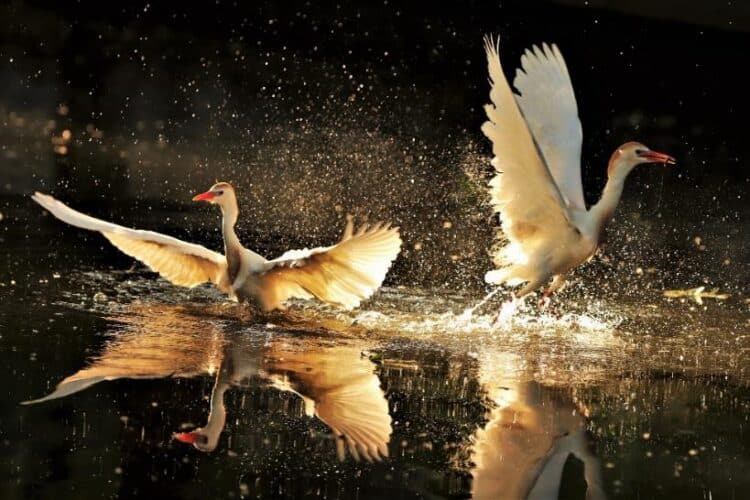
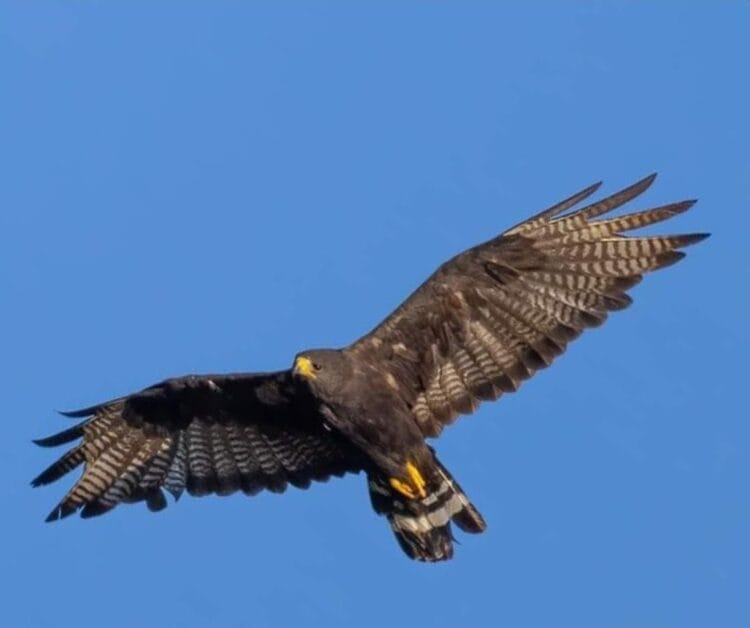
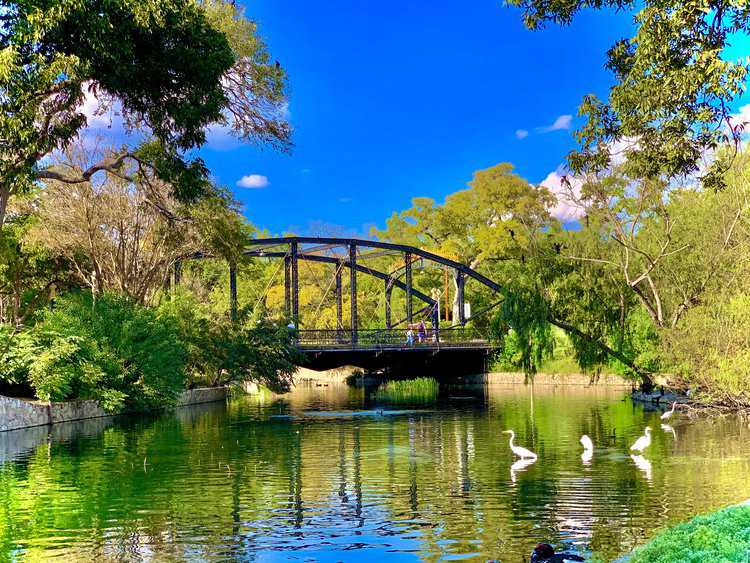
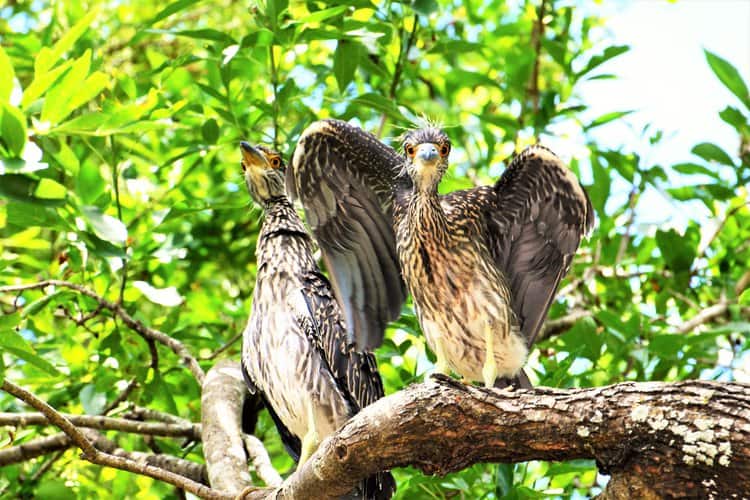


Leave a Reply